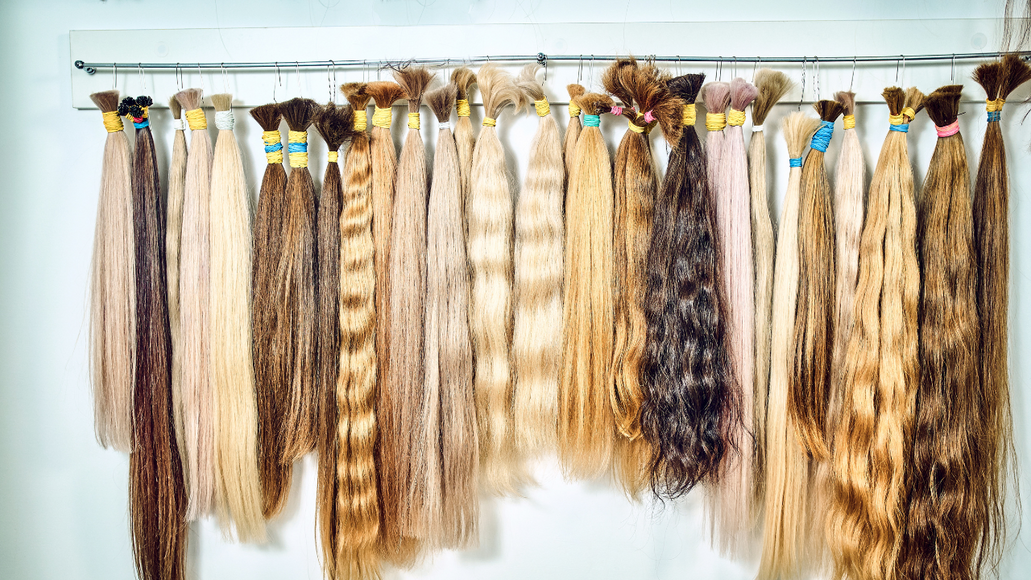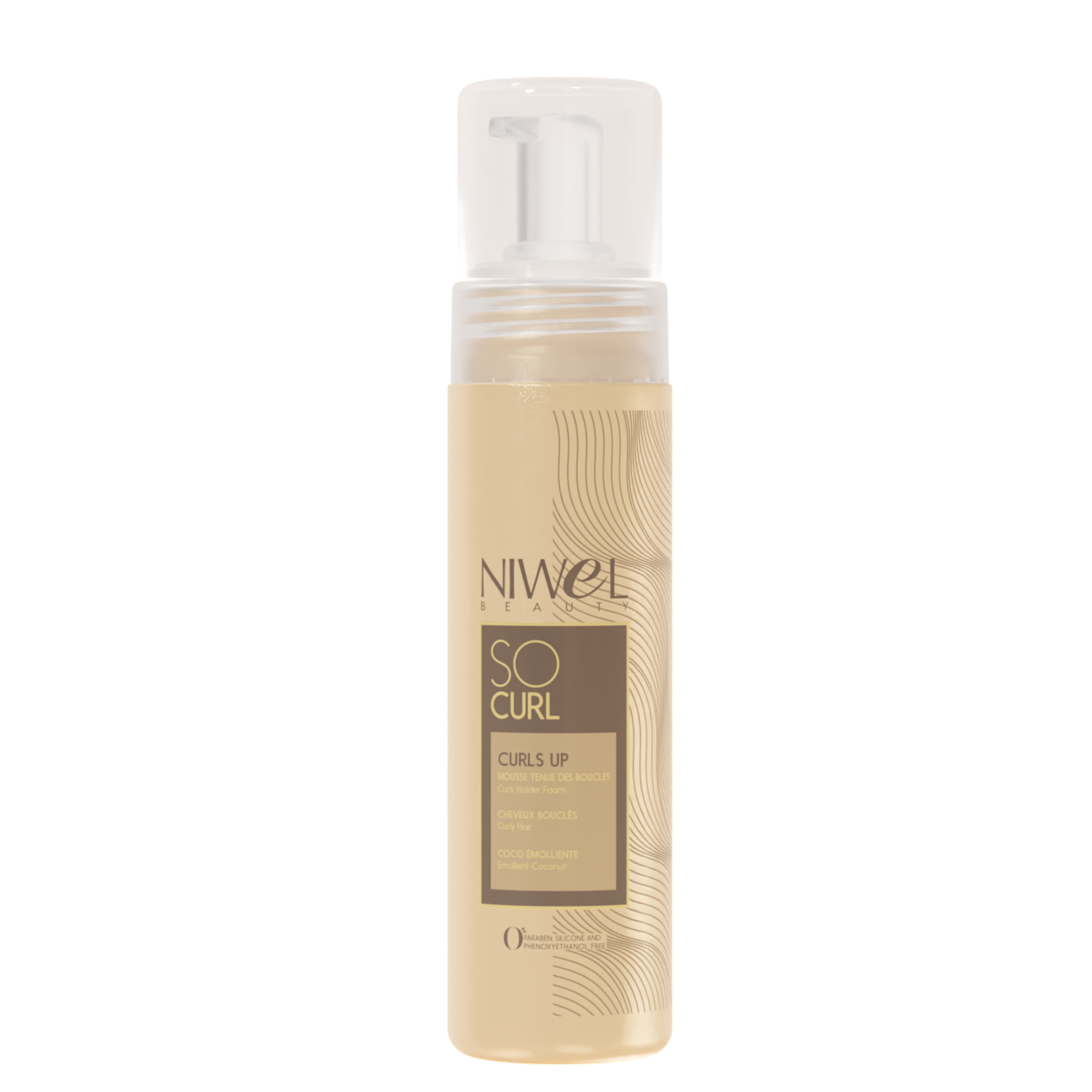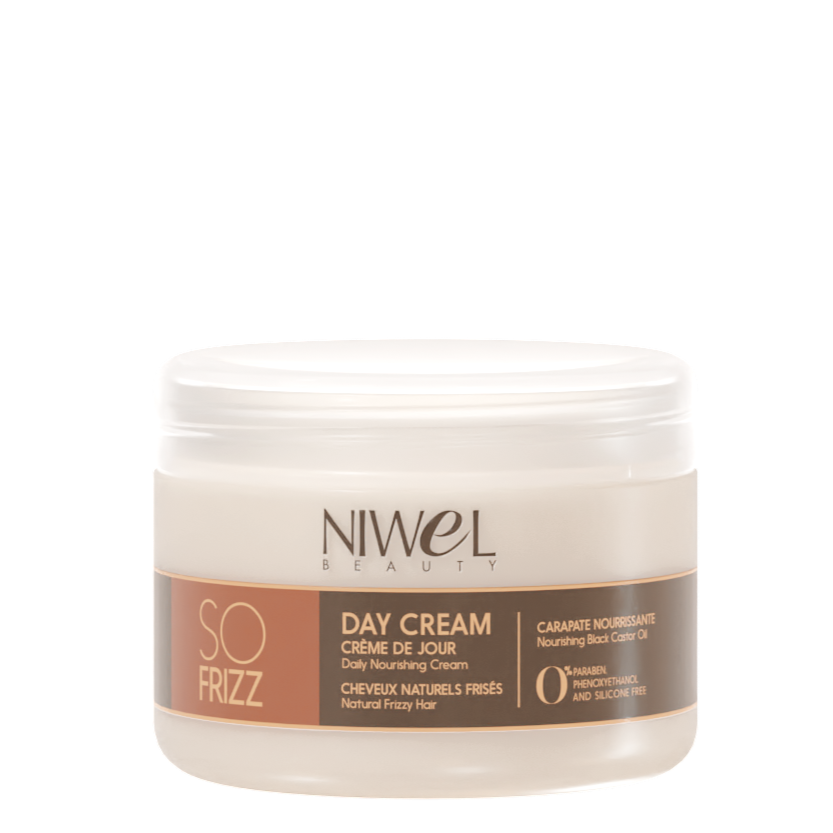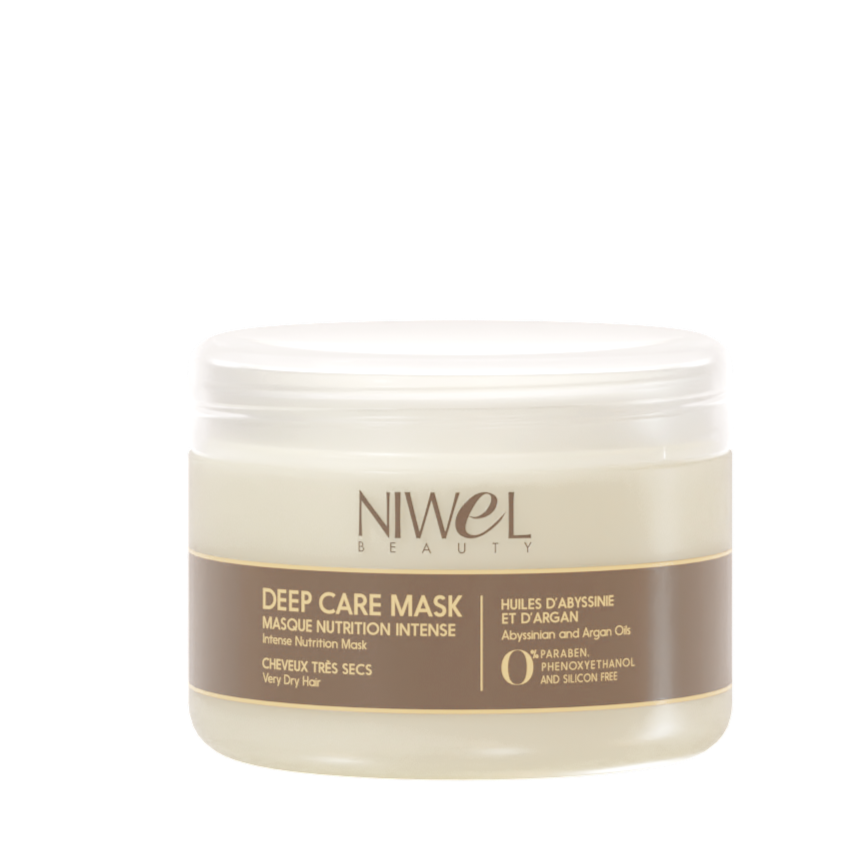Hair extensions: the different extension techniques under the microscope
Your hair grows slowly, too slowly, and you have an irrepressible desire for length and/or volume? Then the extension option is made for you! We take a look at the different hair extension techniques.
Before going any further, let's clarify that the ideal cut for attaching hair extensions is a short bob, that is to say up to the shoulders, and without layering, so that the base of the strands is less visible.
Regarding the actual application of the hair extensions, you should trust a specialized hairdresser to preserve your hair and obtain a more natural result. That's it for the basics, all you have to do is choose the technique that suits you best:
Hair extensions and additions: clips
In concrete terms, this method simply consists of clipping strips of hair to the roots. And that's it. In no time at all, the job is done. Practical and affordable, this is a very common technique. On the other hand, the result is not ultra-natural and it is difficult to create elaborate hairstyles because of the high visibility of the clips. Good to know: the clips are sensitive to gusts of wind, so take a look at the weather forecast before attaching them.
Ultimately, clips are more of a hairpiece than an extension, but they are still interesting if you want to add a little length for a special occasion.
Hair extensions and additions: Brazilian weaving
The hairdresser makes braids in different places on the scalp, then weaves strips of hair into the braids with thread. An inexpensive method, which preserves the hair fiber and offers a very natural result. However, weaving is only moderately durable over time (a month and a half in general).
Hair extensions and hair extensions: adhesive extensions
The method is relatively similar to that of clips, with one difference: they are adhesive strips that are fixed to the roots. These extensions are fragile and have an average durability (about a month and a half). Note however that if a strip falls off, it is possible to put special adhesive on it and reposition it.
Hair extensions and additions: hot extensions
This is probably the best technique for applying extensions. The hairdresser fixes the extensions at the roots with keratin , working strand by strand. With a little heat, he melts the keratin and models this natural glue by hand around the strand of hair.
In addition, there are cold extension techniques, with synthetic keratin, or with ultrasounds that exert pressure on the keratin to modify its structure and thus stick the strands to the hair. This last technique is very suitable for fine hair.
The results are always natural and long-lasting (up to 6 months), but these methods are more expensive. Keratin can also damage the hair fiber, and the extensions are sensitive to washing and hair dryers.
Hair extensions and additions: cold extensions
As with hot extensions, the installation is carried out strand by strand at the root. However, the keratin gives way to small silicone or metal rings clamped on the natural hair. The result is almost as natural and durable as hot extensions, and the price is just as expensive. On the other hand, this technique damages the hair fiber less, and the strands can be recovered and reused. All you have to do is loosen the rings.
Once you have chosen your technique, you still have to decide between synthetic hair and natural hair. Clearly, the latter offers a more natural look (logical), but they require a more rigorous maintenance routine.















